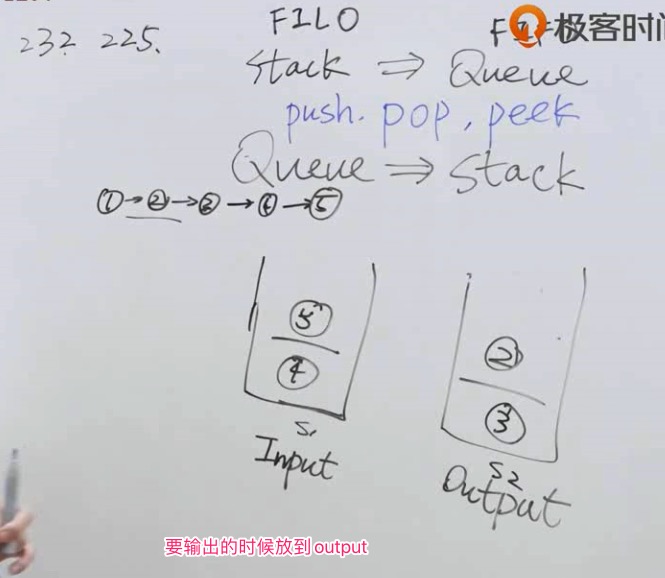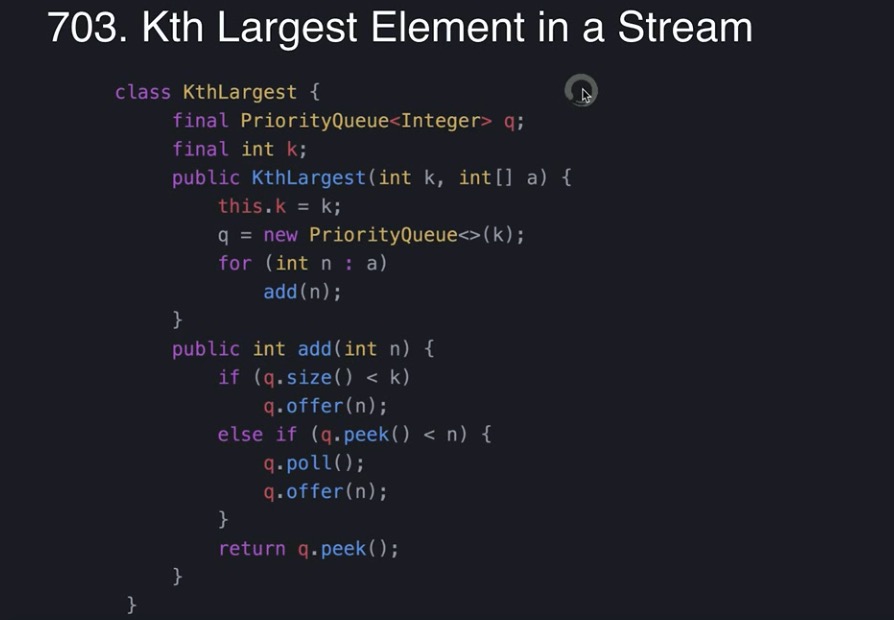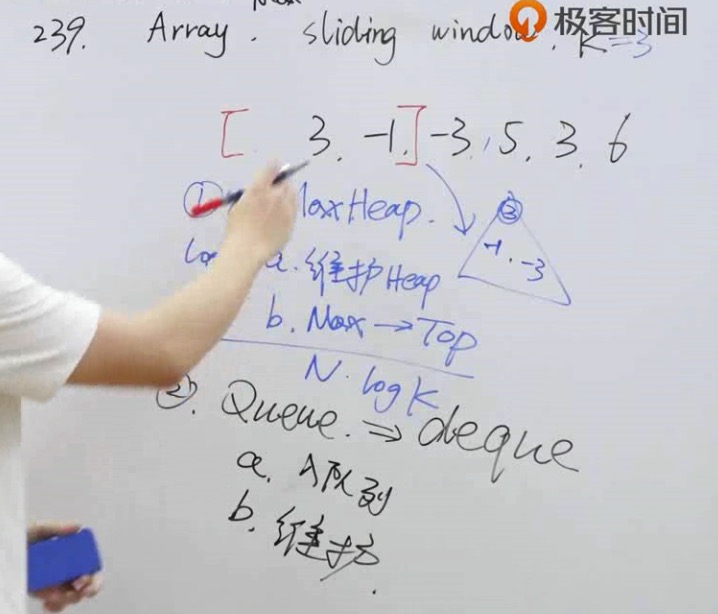2.算法通关面试 --- 堆栈和队列
Posted enlyhua
tags:
篇首语:本文由小常识网(cha138.com)小编为大家整理,主要介绍了2.算法通关面试 --- 堆栈和队列相关的知识,希望对你有一定的参考价值。




1.有效的括号
https://leetcode-cn.com/problems/valid-parentheses/



func isValid(s string) bool
n := len(s)
if n % 2 == 1
return false
pairs := map[byte]byte
')' : '('
']' : '['
'' : ''
stack := []byte
for i := 0; i < n; i++
//说明是右边符号
if pairs[s[i]] > 0
//如果栈是空的,说明是错误的 || 非空,看栈顶元素是否等于相对应的左边符号,不等于是错的返回。
if len(stack) == 0 || stack[len(stack) - 1] != pairs[s[i]]
return false
//等于的话,出栈
stack = stack[:len(stack) - 1]
else
//左边符号,直接入栈
stack = append(stack, s[i])
//栈长度等于0说明是对的。
return len(stack) == 0
2.用栈实现队列
https://leetcode-cn.com/problems/implement-queue-using-stacks/


type MyQueue struct
inStack, outStack []int
func Constructor() MyQueue
return MyQueue
func (q *MyQueue) Push(x int)
q.inStack = append(q.inStack, x)
func (q *MyQueue) in2out()
for len(q.inStack) > 0
q.outStack = append(q.outStack, q.inStack[len(q.inStack) - 1])
q.inStack = q.inStack[:len(q.inStack) - 1]
func (q *MyQueue) Pop() int
if len(q.outStack) == 0
q.in2out()
x := q.outStack[len(q.outStack) - 1]
q.outStack = q.outStack[:len(q.outStack) - 1]
return x
func (q *MyQueue) Peek() int
if len(q.outStakc) == 0
q.in2out()
return q.outStakc[len(q.outStack) - 1]
func (q *MyQueue) Empty() bool
return len(q.inStack) == 0 && len(q.outStack) == 0
3.用队列实现栈
https://leetcode-cn.com/problems/implement-stack-using-queues/
type MyStack struct
queue1, queue2 []int
func Constructor() (s MyStack)
return
func (s *MyStack) Push(x int)
s.queue2 = append(s.queue2, x)
for len(s.queue1) > 0
s.queue2 = append(s.queue2, s.queue1[0])
s.queue1 = s.queue1[1:]
s.queue1, s.queue2 = s.queue2, s.queue1
func (s *MyStack) Pop() int
v := s.queue1[0]
s.queue1 = s.queue1[1:]
return v
func (s *MyStack) Top int
return s.queue1[0]
func (s *MyStack) Empty() bool
return len(s.queue1) == 0
优先队列





1.数据流中的第K大元素
https://leetcode-cn.com/problems/kth-largest-element-in-a-stream/


type KthLargest struct
sort.IntSlice
k int
func Constructor(k int, nums []int) KthLargest
kl := KthLargestk: k
for _, val := range nums
kl.Add(val)
return kl
func (kl *KthLargest) Push(v interfact)
kl.IntSlice = append(kl.IntSlice, v.(int))
func (kl *KthLargest) Pop()
a := kl.IntSlice
v := a[len(a) - 1]
kl.IntSlice = a[:len(a) - 1]
return v
func (kl *KthLargest) Add(val int)
heap.Push(kl, val)
if kl.Len() > kl.k
heap.Pop(kl)
return kl.IntSlice[0]
2.滑动窗口最大值
https://leetcode-cn.com/problems/sliding-window-maximum/







https://www.bigocheatsheet.com/
以上是关于2.算法通关面试 --- 堆栈和队列的主要内容,如果未能解决你的问题,请参考以下文章